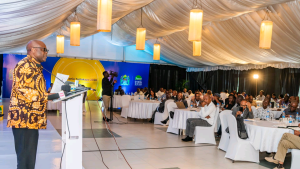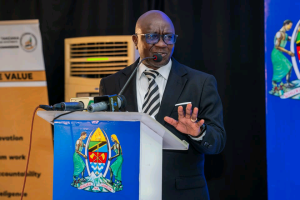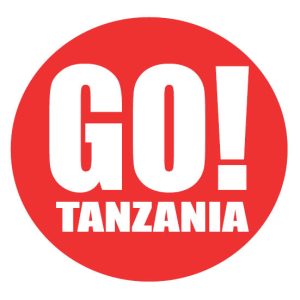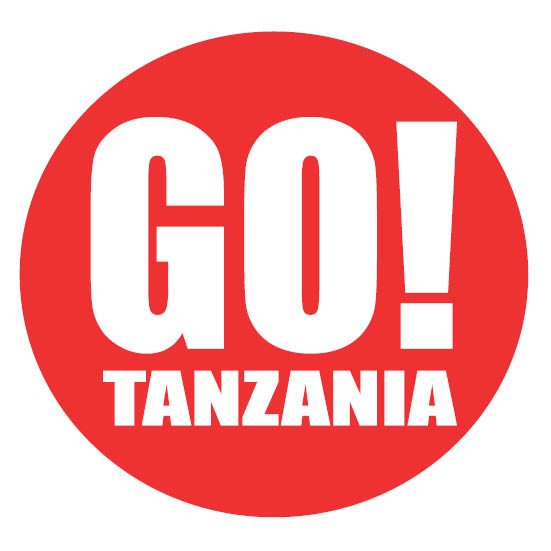
Imani Lwinga
Dar es Salaam, July 8, 2025: President Samia Suluhu Hassan will on 17th July 2025 officiate the launch of the National Development Vision 2050 in Dodoma, crafted to navigate the country’s development agenda for the next quarter-century. Replacing the expiring Vision 2025, the Dira 2050, aims to propel Tanzania to upper-middle-income status, emphasizing collaboration between public and private sectors, with its implementation taking course by July 1, 2026.
“The vision lays the foundation for building an upper middle-income economy based on knowledge, technology and sound management of national resources,” remarked Prof. Kitila Mkumbo, the State Minister in the President’s Office for Planning and Investment, adding that 25-year vision has been prepared with the broad participation of citizens, institutions, political parties and development stakeholders.
The launch of the National Development Vision 2050 is expected to mark a significant step in guiding Tanzania toward inclusive, sustainable, and participatory development for decades to come.
A National Development Plan is a comprehensive framework outlining a country’s long-term vision and goals for social and economic progress. It serves as a roadmap for achieving specific objectives and targets across various sectors, guiding national development efforts. It begins with a clear vision of the desired future, often articulated as a set of long-term goals.
The vision identifies key strategic pillars or areas of focus for development. These pillars include economic growth, social development, infrastructure, governance, and environmental sustainability. Priorities are then established within these pillars, outlining specific areas where resources and efforts will be concentrated.
“Before embarking on drafting Dira 2050, we assessed the implementation of vision 2025, identifying both achievements as well as challenges,” Prof. Mkumbo noted. The launch marks a culmination of a comprehensive and participatory process that was officially flagged off by Dr. Phillip Mpango, the Vice President of the United Republic of Tanzania on April 3, 2023.
The President of Zanzibar, Dr. Hussein Ali Mwinyi unveiled the first draft of the Dira 2050 on December 11, 2024 while the parliament endorsed the final version on June 26, 2025. According to Prof. Mkumbo, this Dira 2050 is the country’s second notable inclusive and non-partisan work.
Prof. Mkumbo was speaking before members of the Tanzania Editors’ Forum (TEF) and invited journalists from various media outlets at a special meeting in Dar es Salaam last Tuesday, July 8, 2025 as he briefed them on the completion of the Dira2050 and its scheduled launch next Thursday at the Jakaya Kikwete Convention Centre (JKCC) in the capital city of Dodoma. Prof. Mkumbo accompanied by several senior officials from the National Planning Commission, including Dr. Asha-Rose Migiro, the commission’s Executive Secretary, Fred Msemwa, the commission’s communications manager Titus Kaguo, among others.
The strategy to draft Dira 2050 began with preparations of various guidelines and administrative hierarchies to oversee the process, an evaluation of the implementation plan, public and stakeholder consultations as well as lessons learned from other countries.
The minister acknowledged that the Dira 2050 committee visited several countries, namely Botswana, Morocco, Mauritius, South Africa, and Kenya to draw an African experience while China, Indonesia, South Korea, Singapore, and India provident insightful experience from the Asian side.
“I must acknowledge that we met with a wide range of stakeholders, along the process, including journalists and political parties, to come up with this plan,” said the minister. “When we met with political parties, we agreed not to argue on ideological perspectives, but rather on national cohesion that transcends partisan issues and that we should ensure that our respective party manifestos reflects a shared destination.”
The Dira 2050 had drawn contributions from 1.17 million Tanzanians through seven different platform, that includes a household surveys covering around 15,483 individuals, a nationwide telephone interviews and USSD messaging which reached 1.118 million people whose majority (81%) were youth under the age of 36. Also, the minister said through a dedicated website, by December last year, 13,459 individuals submitted their views on the project.
“Notably, we convened 12 conferences that drew a total of 22,779 participants, at least 44 current and former national leaders were reached via interviews, we conducted a number of seminars and reviewed 33 documents on Tanzania’s development history,” the professor noted.
A section of media practitioners had raised some concerns over the thourough implementation of the vision to which Prof. Mkumbo was very optimistic, bench-marking on clear and collaborative strategic plan towards achieving the positive outcome by 2050. Dira 2050 will be fully implemented and overseen by the National Planning Commission and his Ministry, with close monitoring and the possibility of enacting a special law to govern its implementation.
“The government is well-prepared to implement the Vision in a transparent and inclusive manner that ensures public participation,” he emphasized, while adding: “President Samia Suluhu Hassan recognizes the importance of having a strong constitution built through national consensus.”
The Vision explicitly highlights good governance and prioritizes the need for a strong constitution. It does not contradict the constitutional reform process. In fact, a new constitution is part of fulfilling the Vision by strengthening governance.




